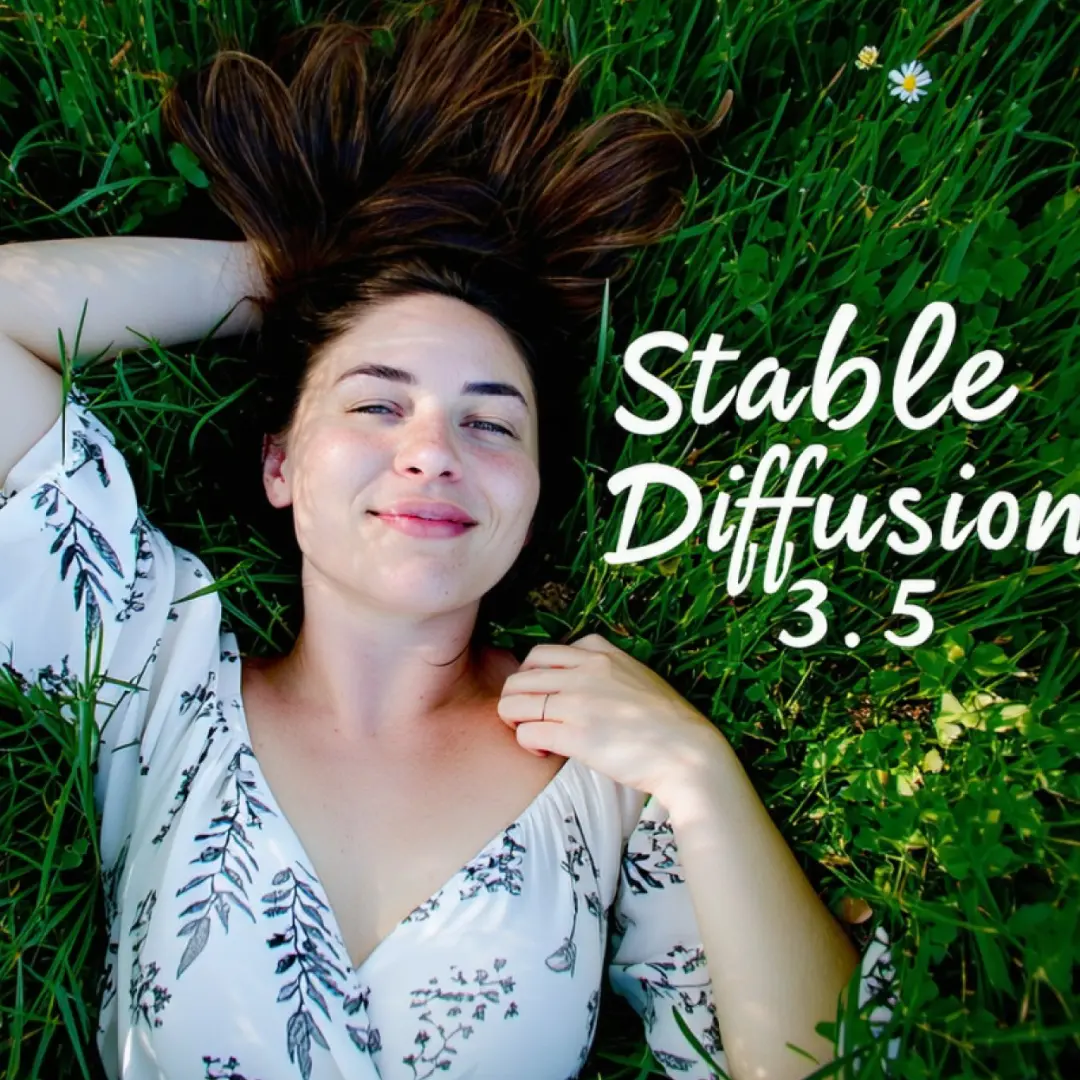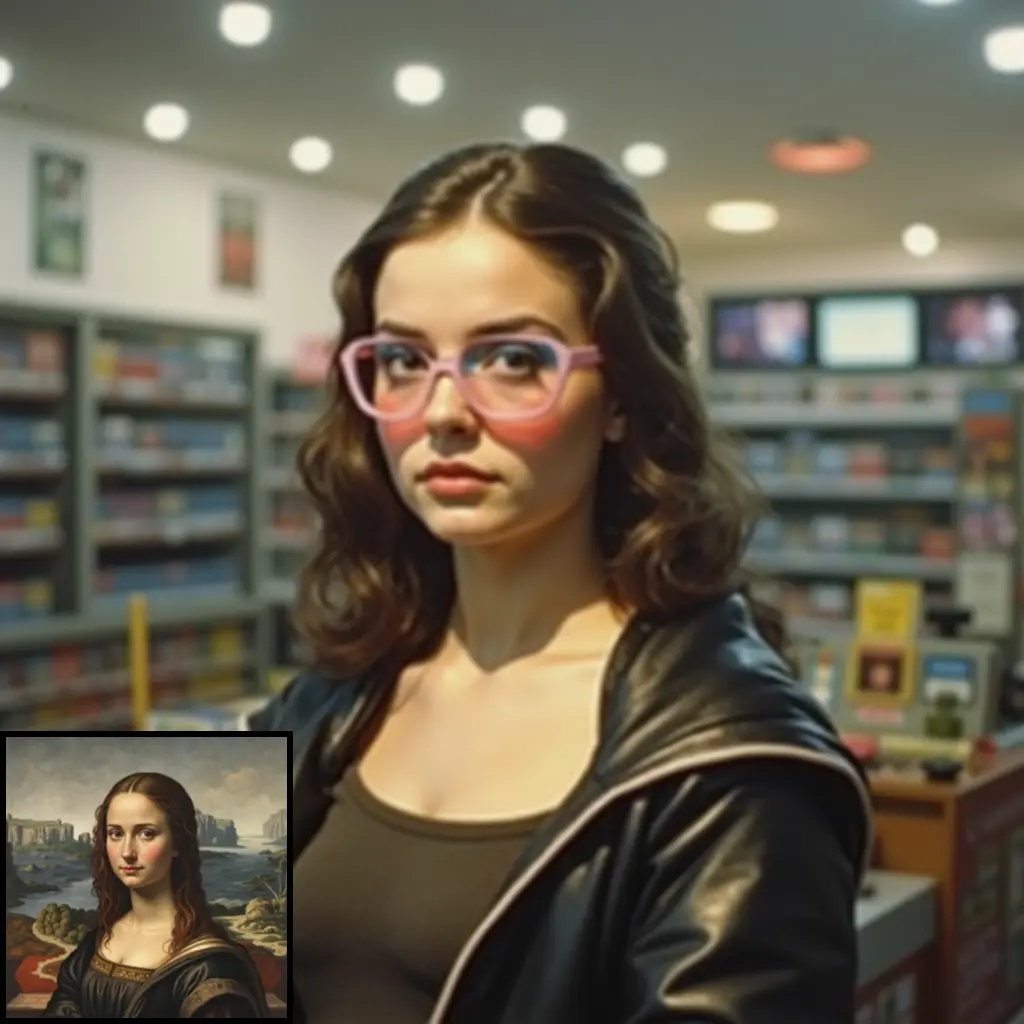ComfyUI Node: X-Portrait
XPortrait
CategoryX-Portrait
akatz-ai (Account age: 320days) Extension
ComfyUI-X-Portrait-Nodes Latest Updated
2024-12-13 Github Stars
0.08K
How to Install ComfyUI-X-Portrait-Nodes
Install this extension via the ComfyUI Manager by searching for ComfyUI-X-Portrait-Nodes- 1. Click the Manager button in the main menu
- 2. Select Custom Nodes Manager button
- 3. Enter ComfyUI-X-Portrait-Nodes in the search bar
Visit ComfyUI Online for ready-to-use ComfyUI environment
- Free trial available
- 16GB VRAM to 80GB VRAM GPU machines
- 400+ preloaded models/nodes
- Freedom to upload custom models/nodes
- 200+ ready-to-run workflows
- 100% private workspace with up to 200GB storage
- Dedicated Support
X-Portrait Description
Animate portraits using video and image blending for lifelike animations.
X-Portrait:
XPortrait is a powerful node designed to animate portraits by leveraging an input video and a reference image. This node is part of the X-Portrait suite, which focuses on creating dynamic and lifelike animations from static images. By using advanced AI techniques, XPortrait can seamlessly blend the features of a reference image with the motion dynamics of a driving video, resulting in a realistic animated portrait. This capability is particularly beneficial for artists and creators looking to bring static images to life, offering a unique way to explore and express creativity through animated art. The node is designed to be user-friendly, making it accessible to those without a deep technical background, while still providing robust functionality for more advanced users.
X-Portrait Input Parameters:
xportrait_model
This parameter represents the pre-trained model used for generating the animated portrait. It is crucial for the animation process as it contains the learned weights and configurations necessary for the transformation. The model should be loaded and ready for inference to ensure smooth operation.
source_image
The source image is the static portrait that you wish to animate. It serves as the primary visual reference for the animation, and its features will be mapped onto the motion dynamics of the driving video. The quality and resolution of the source image can significantly impact the final output, so high-quality images are recommended.
driving_video
This is the video that provides the motion dynamics for the animation. The movements and expressions captured in this video will be applied to the source image, creating the illusion of animation. The choice of driving video can greatly influence the style and fluidity of the resulting animation.
seed
The seed parameter is used for random number generation, ensuring reproducibility of results. By setting a specific seed value, you can achieve consistent outputs across multiple runs. The default value is 999, but it can be adjusted to explore different variations.
ddim_steps
This parameter controls the number of denoising diffusion implicit model (DDIM) steps used during the animation process. It affects the quality and smoothness of the transition from the source image to the animated output. The default value is 5, but increasing it can enhance the animation quality at the cost of longer processing times.
cfg_scale
The configuration scale parameter influences the strength of the guidance applied during the animation process. A higher value can lead to more pronounced features and expressions, while a lower value may result in a subtler effect. The default value is 5.0.
best_frame
This parameter specifies the frame in the driving video that best represents the desired expression or pose for the animation. It helps in aligning the source image with the most suitable frame, enhancing the realism of the animation. The default value is 36.
context_window
The context window determines the number of frames from the driving video used to inform the animation process. A larger context window can provide more information for smoother transitions, while a smaller window may result in quicker but less fluid animations. The default value is 16.
overlap
Overlap defines the number of frames that overlap between consecutive context windows. This parameter helps in maintaining continuity and smoothness in the animation. The default value is 4.
fps
Frames per second (fps) dictate the playback speed of the resulting animation. A higher fps results in smoother motion, while a lower fps can create a more choppy effect. The default value is 15.
X-Portrait Output Parameters:
output_videos
The output of the XPortrait node is a tuple containing the generated animated video. This video is the result of applying the motion dynamics from the driving video to the source image, creating a lifelike animated portrait. The output is typically in a format suitable for further editing or direct use in creative projects.
X-Portrait Usage Tips:
- Ensure that the source image is of high quality and resolution to achieve the best animation results.
- Experiment with different driving videos to explore various animation styles and expressions.
- Adjust the
ddim_stepsandcfg_scaleparameters to fine-tune the animation quality and feature prominence. - Use a consistent seed value to reproduce specific animation results across different sessions.
X-Portrait Common Errors and Solutions:
Model not loaded
- Explanation: This error occurs when the XPortrait model is not properly loaded before generating the animation.
- Solution: Ensure that the
DownloadXPortraitModelnode is used to load the model correctly before invoking theXPortraitnode.
Invalid source image format
- Explanation: The source image provided is not in a supported format or is corrupted.
- Solution: Verify that the source image is in a compatible format (e.g., JPEG, PNG) and is not corrupted. Re-upload or convert the image if necessary.
Driving video not found
- Explanation: The specified driving video file cannot be located or accessed.
- Solution: Check the file path and ensure that the driving video is available and accessible. Correct any path errors or permissions issues.
CUDA device not available
- Explanation: The node is attempting to use a CUDA device that is not available or properly configured.
- Solution: Ensure that a compatible GPU is installed and that CUDA is correctly set up on your system. Alternatively, switch to CPU mode if GPU resources are unavailable.
X-Portrait Related Nodes
RunComfy is the premier ComfyUI platform, offering ComfyUI online environment and services, along with ComfyUI workflows featuring stunning visuals. RunComfy also provides AI Playground, enabling artists to harness the latest AI tools to create incredible art.



